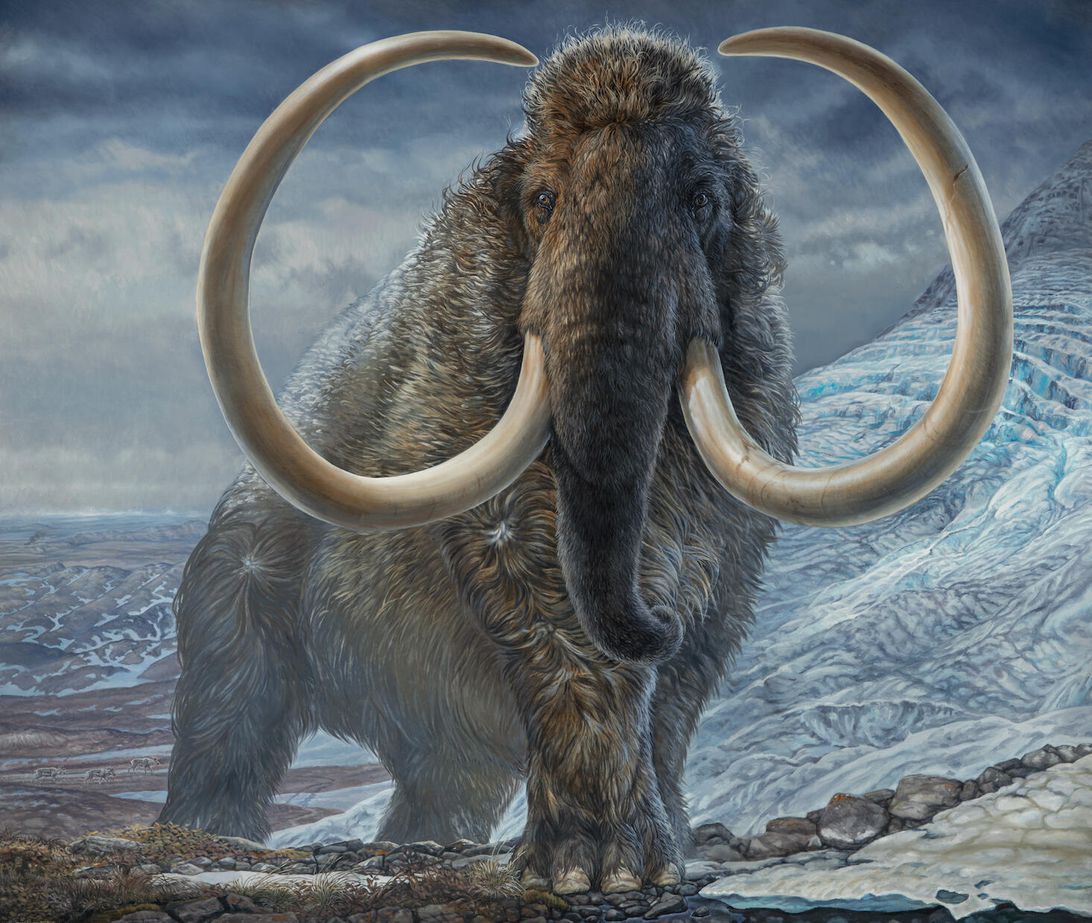Scientists map 17,000-year-old woolly mammoth’s path using its tusk – CNET


An illustration of an adult male woolly mammoth in Alaska.
James Havens/University of Alaska Museum of the NorthWe might think of woolly mammoths as giant, lumbering beasts from a disappeared era, but a new study suggests their massive size didn’t stop them from tallying major miles in the frigid north thousands of years ago.
“It’s not clear cut if it was a seasonal migrator, but it covered some serious ground,” explains University of Alaska Fairbanks researcher Matthew Wooller, in a statement. “It visited many parts of Alaska at some point during its lifetime, which is pretty amazing when you think about how big that area is.”
Wooller led a team using chemical isotope data to map the life journey of a single mammoth that lived over 17,000 years ago. A paper on the findings is the cover story in this week’s issue of the journal Science.
The group of international researchers analyzed isotopic signatures in the male mammoth’s tusk from the elements strontium and oxygen, then cross-referenced that data with maps of isotope variation across Alaska created from analyzing the teeth of small rodents from around the state.
“From the moment they’re born until the day they die, they’ve got a diary and it’s written in their tusks,” said Pat Druckenmiller, a paleontologist and director of the University of Alaska Museum of the North. “Mother Nature doesn’t usually offer up such convenient and life-long records of an individual’s life.”
The ancient dental records show the big old boy lived to be 28 years old and in that time it covered enough of the Alaskan tundra, taiga and mountains to nearly circle the world twice.
This woolly one didn’t exactly have an easy journey, though. The analysis showed an abrupt shift around age 15 that likely means the mammoth was ostracized from its herd, which often happens with contemporary elephants. Later, a spike in nitrogen isotopes during the last winter of the animal’s life suggest it may have starved to death where its remains were eventually recovered above the Brooks Range.
That fate was a sad harbinger for the entire species. The individual mammoth was related to the last group that roamed mainland Alaska, likely outlasted by only a few small groups on northern islands.
The research also has a darkly relevant feel today for extant species in the north like polar bear that are seeing their traditional range dwindle as the Arctic takes on the brunt of global warming.
“The Arctic is seeing a lot of changes now, and we can use the past to see how the future may play out for species today and in the future,” Wooller said. “Trying to solve this detective story is an example of how our planet and ecosystems react in the face of environmental change.”


